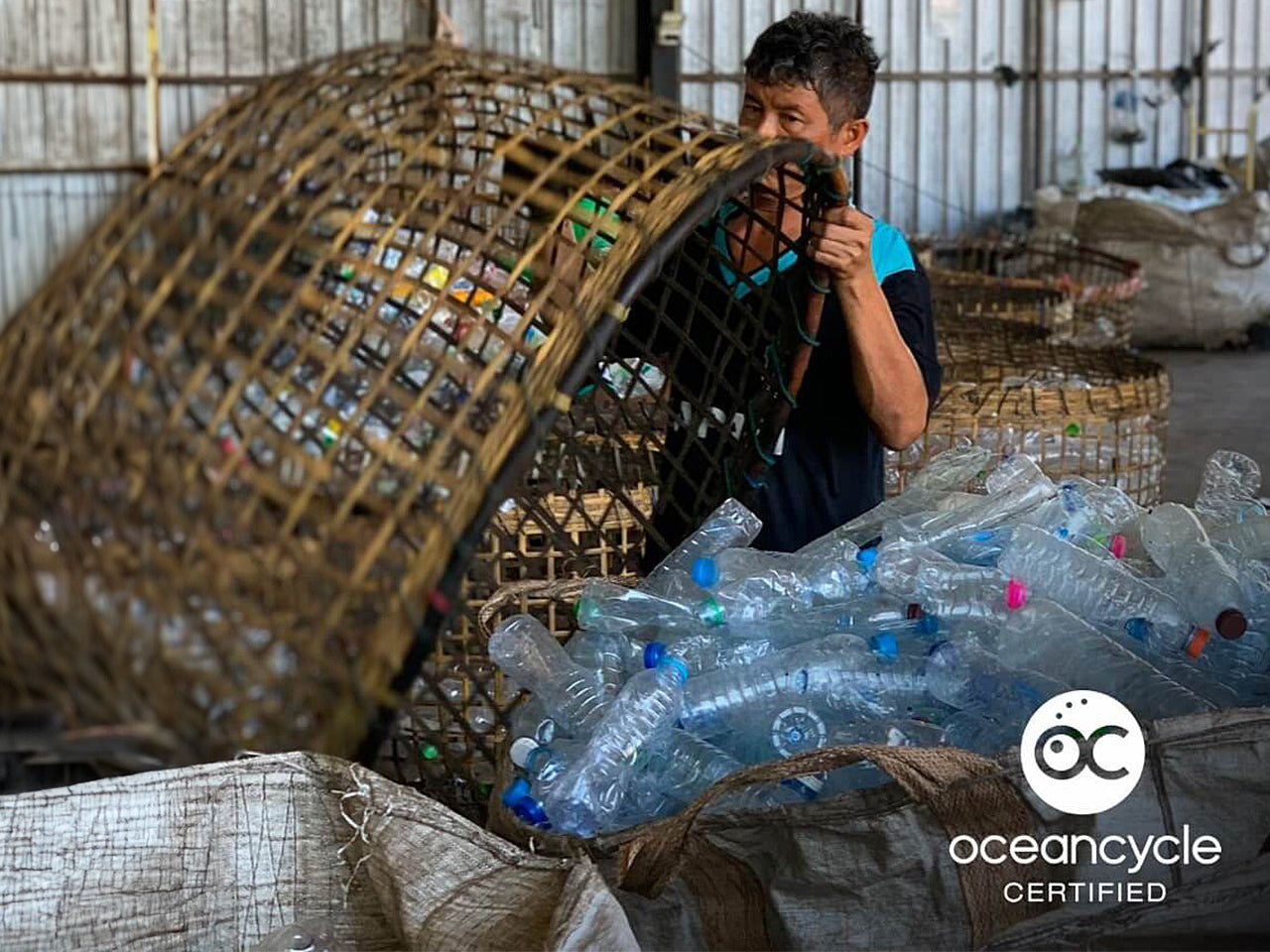REPREVE our ocean
A premium collection of fiber and resin sourced from bottles at high risk of entering the ocean.
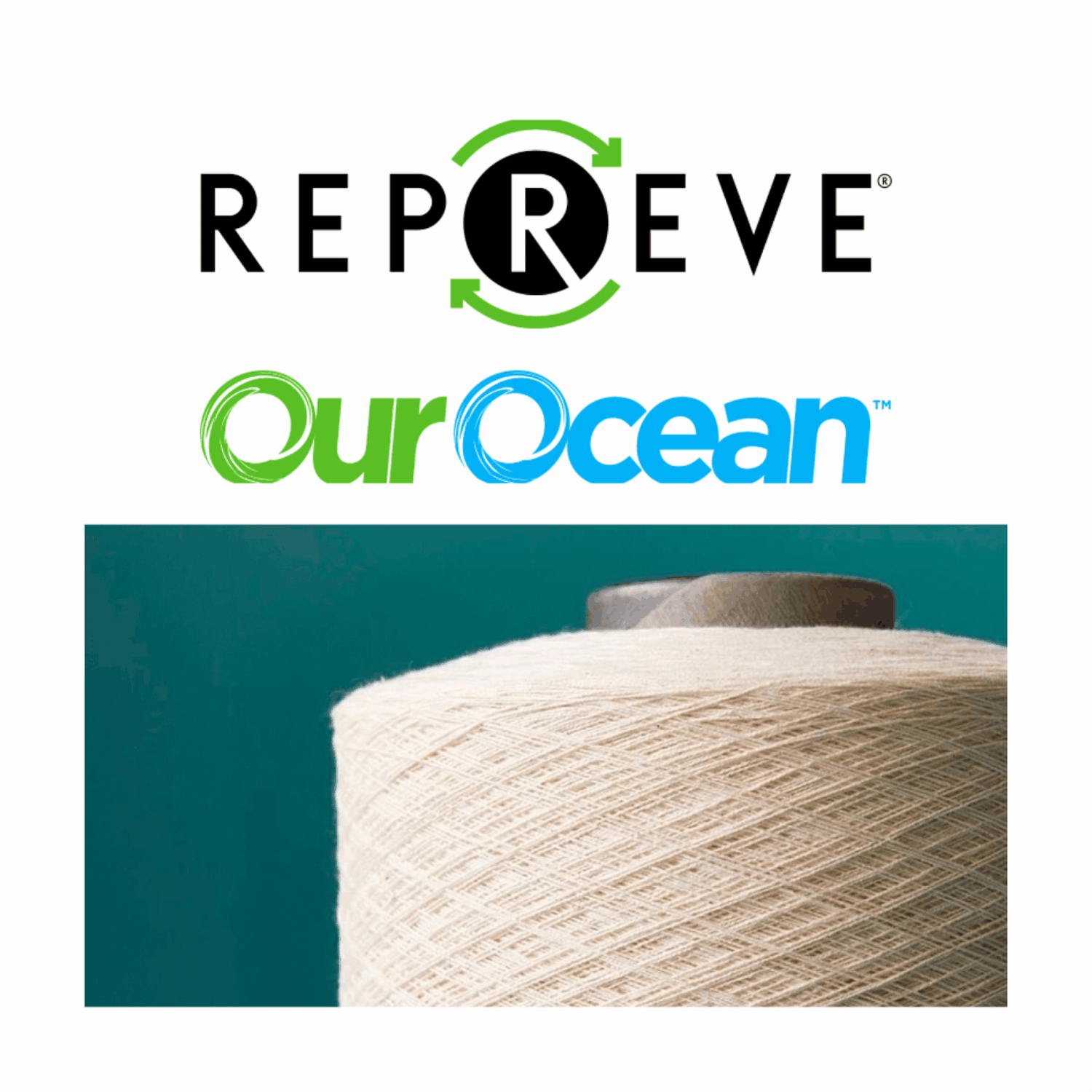
Our recycled yarn
Our swimwear is made from “REPREVE our ocean” premium collection of fibre sourced 100% from bottles at high risk of ending-up in the ocean. Depending on swimwear size, we use from 4-8 plastic bottles to manufacture it.
Plastic bottles are collected by hand within 50 km of coastal areas, in developing countries that lack formal waste or recycling systems. The plastic collection work is carried out by adults who are paid decent wages (traceability system: OceanCycle, U Trust®, FiberPrint®).
The collected bottles are then washed, shredded and melted, quite literally stripped back down into their raw form, spun into yarn and used to make high performance textiles like our legendary swimwear (see the process below).
The process...
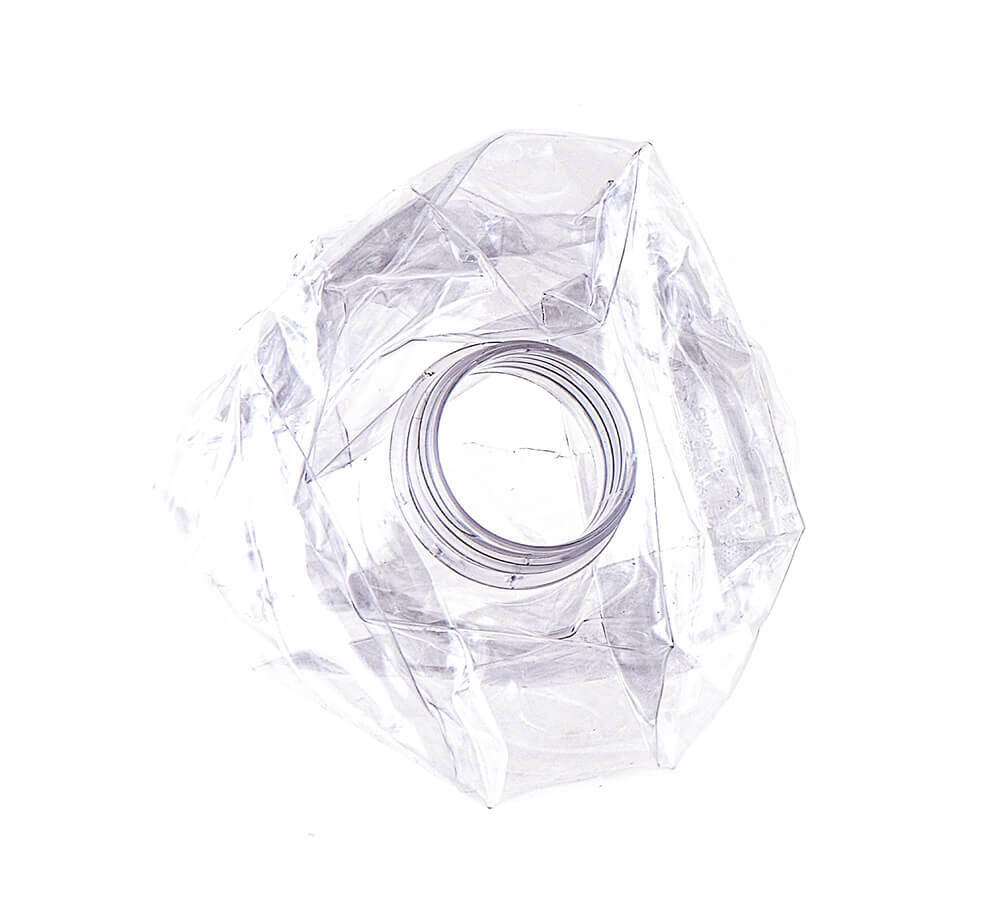
STEP 1
Source recycled waste
Recycled bottles collected by hand from areas within 50km of coastlines that do not have a formal waste or recycling system.

STEP 2
Clean and flake
Waste material is chopped, ground, washed, and turned into flake to remove contaminants.

STEP 3
Make the Resin
Waste flake is melted and reformulated into high-quality REPREVE® resin.
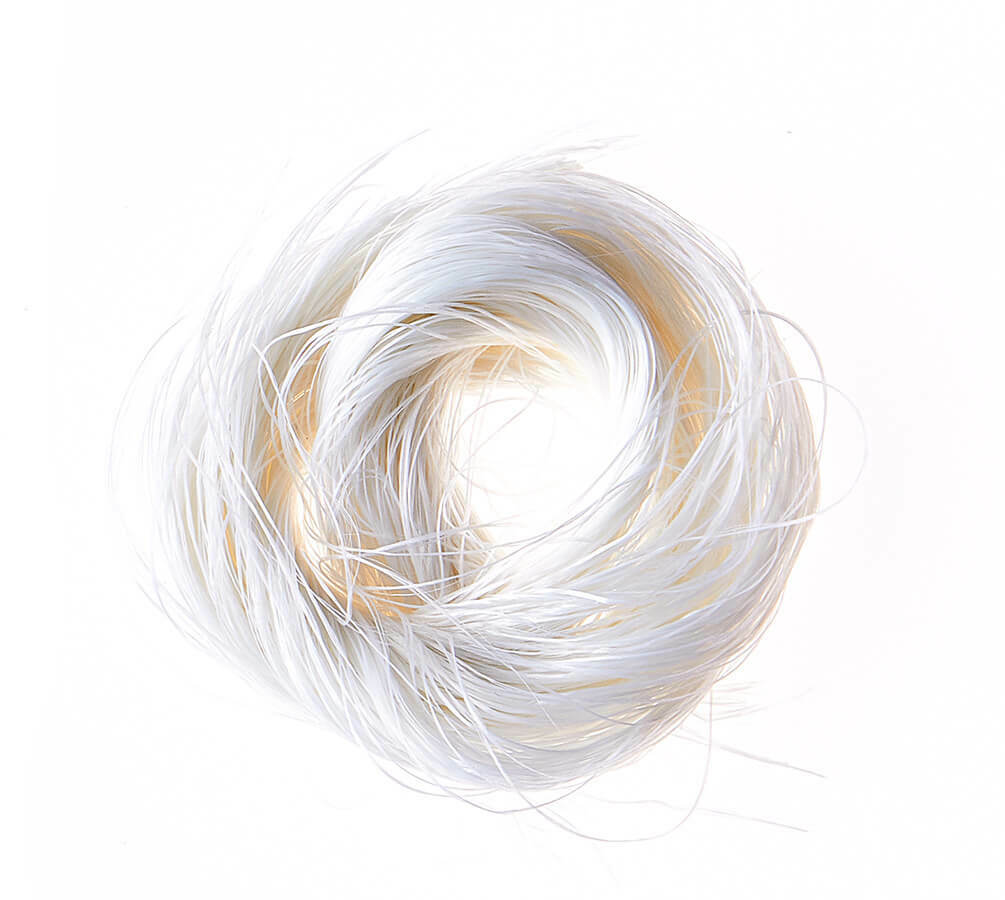
STEP 4
Form the fiber
Resin is melted into liquid polymer and extruded to form fiber. From there, it is spun and air-jet textured into yarn.
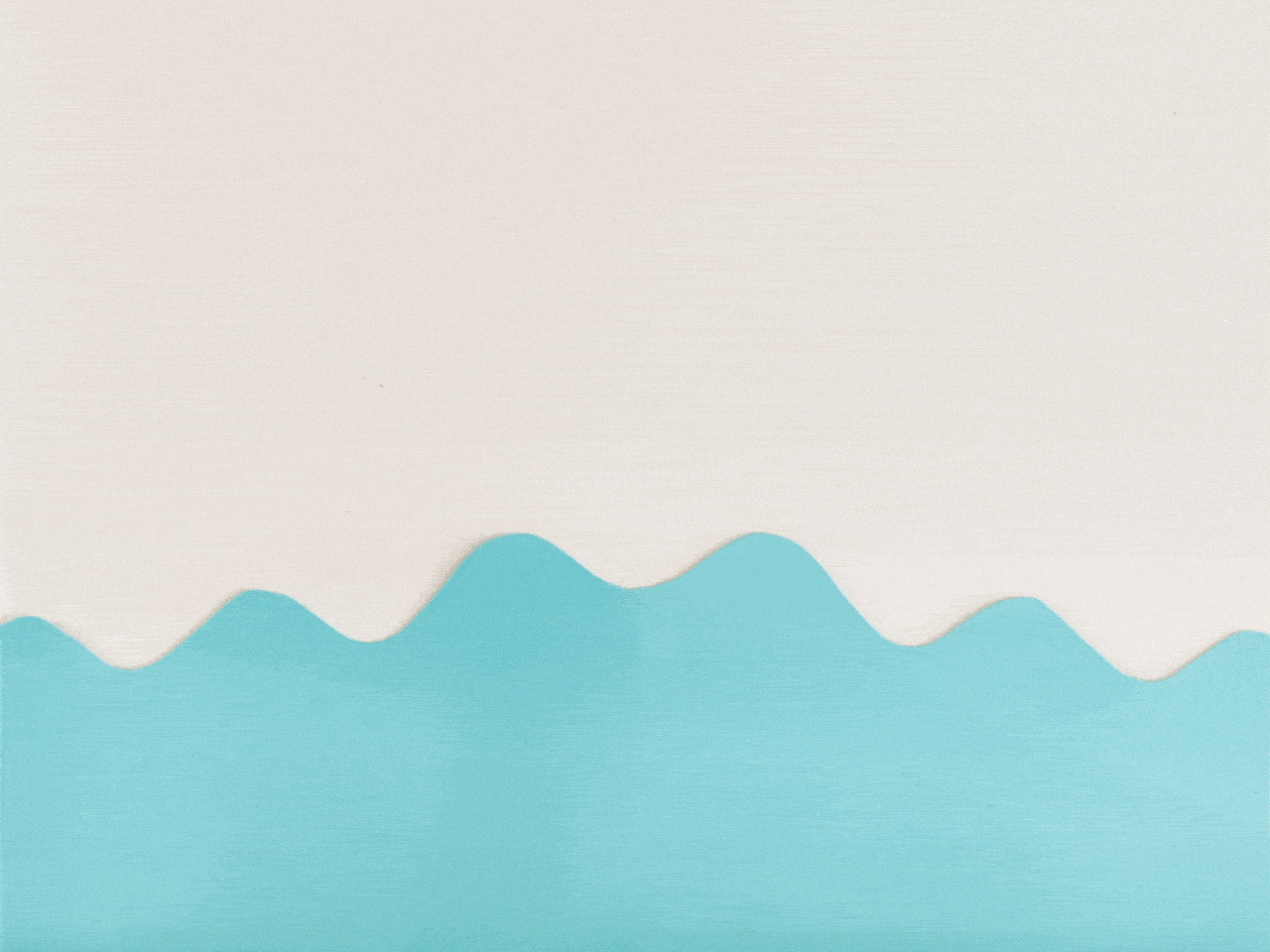
Recycled polyester
Most swimwear is made from virgin (i.e non recycled) polyester which require a huge quantity of petroleum to be extracted and refined. The production of recycled polyester requires much less energy and resources, in estimation :
- About 30% less CO2 emissions
- About 90% less water
- About 60% energy savings
Eight million tons of plastic enter the ocean each year. About 80% of garbage falls into the ocean from the coast and most ocean plastic cannot be recycled. “REPREVE our ocean” took the problem back to the root cause to find a solution.
Once the waste is in the sea water, two problems arise
-
What gets in the water sinks to the bottom and is difficult to recover.
-
Plastic in the water gets degraded by salt and light and attracts toxins and microorganisms. It also breaks into small pieces and mixes with other plastics making cleaning and sorting difficult and costly.

